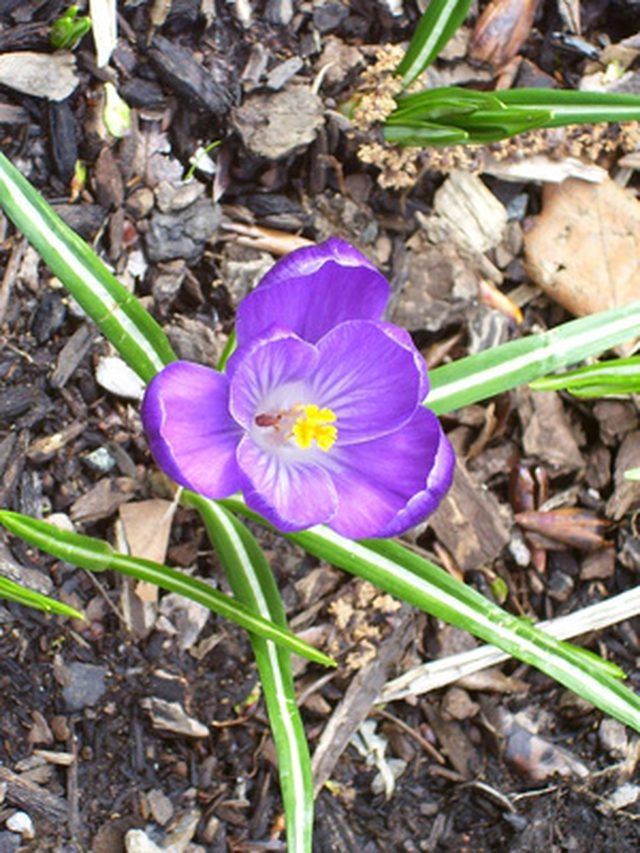Bulbs
Flower Basics
Flower Beds & Specialty Gardens
Flower Garden
Garden Furniture
Garden Gnomes
Garden Seeds
Garden Sheds
Garden Statues
Garden Tools & Supplies
Gardening Basics
Green & Organic
Groundcovers & Vines
Growing Annuals
Growing Basil
Growing Beans
Growing Berries
Growing Blueberries
Growing Cactus
Growing Corn
Growing Cotton
Growing Edibles
Growing Flowers
Growing Garlic
Growing Grapes
Growing Grass
Growing Herbs
Growing Jasmine
Growing Mint
Growing Mushrooms
Orchids
Growing Peanuts
Growing Perennials
Growing Plants
Growing Rosemary
Growing Roses
Growing Strawberries
Growing Sunflowers
Growing Thyme
Growing Tomatoes
Growing Tulips
Growing Vegetables
Herb Basics
Herb Garden
Indoor Growing
Landscaping Basics
Landscaping Patios
Landscaping Plants
Landscaping Shrubs
Landscaping Trees
Landscaping Walks & Pathways
Lawn Basics
Lawn Maintenance
Lawn Mowers
Lawn Ornaments
Lawn Planting
Lawn Tools
Outdoor Growing
Overall Landscape Planning
Pests, Weeds & Problems
Plant Basics
Rock Garden
Rose Garden
Shrubs
Soil
Specialty Gardens
Trees
Vegetable Garden
Yard Maintenance
How to Store Crocus Bulbs
How to Store Crocus Bulbs. "Sunset Western Garden Book" says that "in layman's terms, any plant that grows from a thickened underground structure may be referred to as a bulb." That's why you usually hear people referring to "crocus bulbs" when, in fact, the crocus reproduces through a corm, a swollen underground stem. The main difference is that a...

"Sunset Western Garden Book" says that "in layman's terms, any plant that grows from a thickened underground structure may be referred to as a bulb." That's why you usually hear people referring to "crocus bulbs" when, in fact, the crocus reproduces through a corm, a swollen underground stem. The main difference is that a bulb is made of overlapping leaves--scales--that protect the plant's embryo while a corm is solid tissue. You can store both, however, for later planting.
Things You'll Need
Trowel
Garden fork
Water
Paper bags
Loosen the soil around the crocus flowers after they bloom and the leaves dry out. Do this a few inches away from the plants' base to avoid piercing or scratching the corms or bulbs, and cutting the roots.
Lift the corms out of the ground and set them in a cool place away from sunlight to dry until the soil clinging to them crumbles. With your hands, remove the dried out soil from the surface of the corms.
Return the corms to a dark cool room to cure. It will take about three weeks for your crocus corms to dry.
Separate the old corms from the new. Each corm only lasts one season. As it shrinks in the ground after blooming, a new one is formed. You'll find the new corm between the flower stem and the shrunken old corm. Detach the stem and the old corm and discard them.
Examine each corm for insects, soft spots (fungal infection) and cracks. Discard any that isn't healthy or whole. Put the others in a clean paper bag. Store them at 35 to 40 degrees Fahrenheit. Every three weeks, check the corms for signs of disease. Discard any that looks unhealthy and put the remaining in a new paper bag. Plant the corms in early spring.